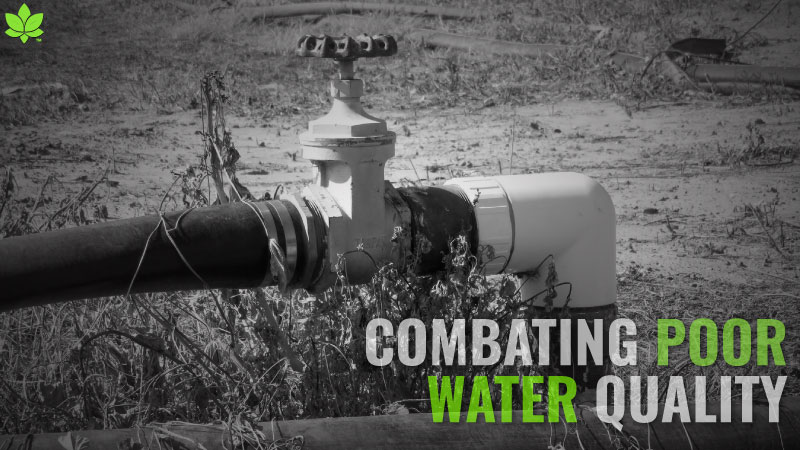Organic Spinach Symposium Highlights Downy Mildew Threat And Sustainability Efforts
The growing threat of downy mildew to organic spinach yields was highlighted during a recent symposium on the sustainability of the crop. The event, sponsored by Ready Pac Foods, Inc. and hosted by the United Vegetable Growers Cooperative was held June 24 in Seaside, CA, and helped raise awareness within the industry and among fresh-cut produce consumers.
During the symposium’s state of the industry address, a panel of experts presented options to address issues and needs to improve prevention practices going forward. Members of the panel included Dr. Jim Correll from the Department on Plant Pathology at the University of Arkansas; Steve Koike, plant pathology farm advisor from the University of California Cooperative Extension in Salinas, CA; and Dr. Steve Klosterman, from USDA Agriculture Research Service in Salinas, CA.
The organic produce industry continues to grow, and organic spinach commands a large share of that market. However, due to invasive downy mildew, growers have not been able to meet consumer need this season, despite overplanting by 10%-30% to meet intensified demands. Organic spinach yields are down to 50%, and scientists predict the situation will only worsen.
Fungicides are currently available to treat downy mildew for conventional spinach, but there is no known solution for organic spinach. It favors cool and wet weather but can also be found in hot, dry weather. One leaf of spinach can produce 10,000 spores of downy mildew, which then becomes airborne and spreads to nearby spinach crops. It is prevalent and increasing in some of the largest growing regions of the country, including prime growing regions like the Salinas Valley in California and Yuma, AZ.
Panelists expressed that options to treat downy mildew on organic spinach are limited and will take time. Acreage used for spinach crops can be expanded to prevent spreading, or scientists can work to find new resistant seeds. While finding new resistant seeds seems to be the best long-term option, it takes six years to make a new seed and another three to four years for testing.
In the short-term, growing acreage will likely be expanded, but it even that takes time — another three years for any new organic ground to become certified. Overall, the consensus of the symposium was that solutions can’t come quickly enough, current conditions will likely continue, and the downy mildew problem will grow.
The Ready Pac team is eager to continue their work with The United Vegetable Growers Cooperative and their efforts to raise awareness and help bring an end to this spinach crisis.
To learn more about Ready Pac go to www.readypac.com.
Source: Ready Pac press release.









